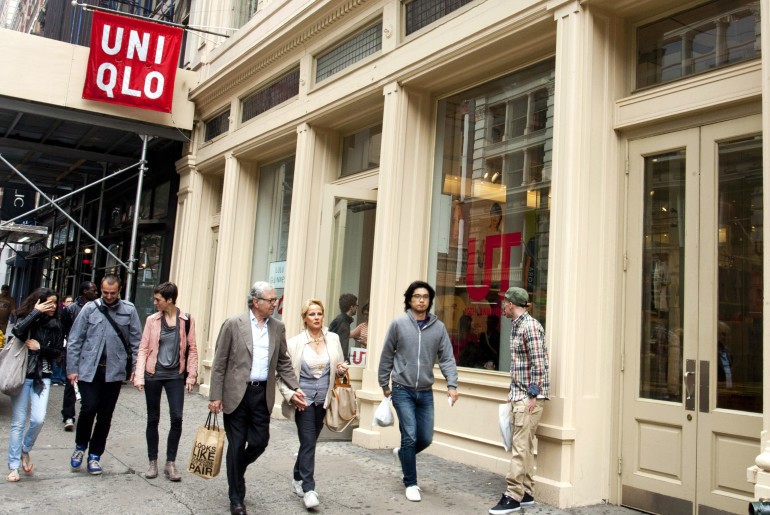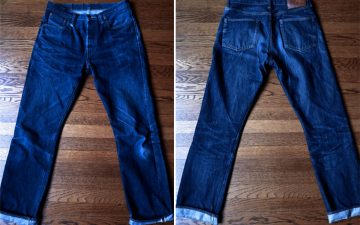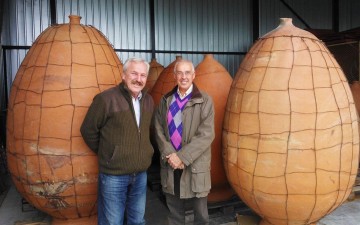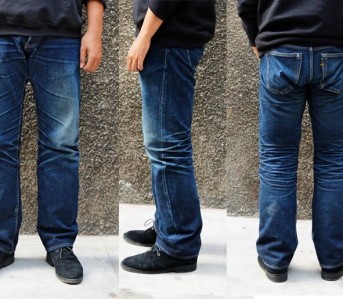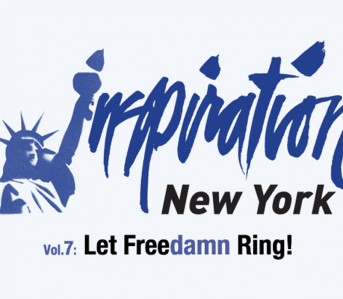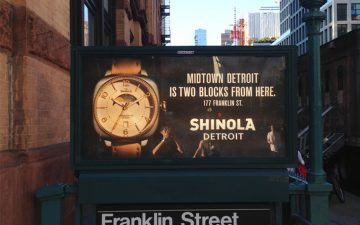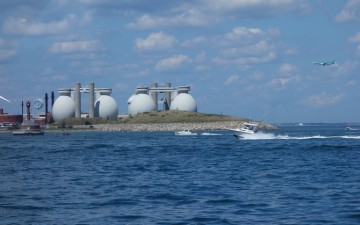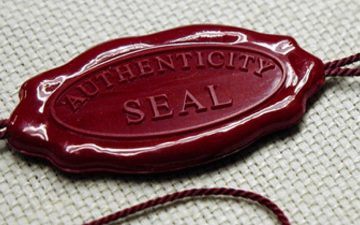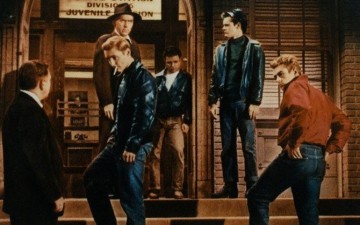Beneath the Surface is a monthly column by Robert Lim that examines the cultural side of heritage fashions.
The New York City SoHo that holds a place in my heart, a safe haven for working artists and a place of almost boundless urban possibilities, is getting so hard to see these days that you might not even realize it had ever existed. Instead, it’s so easy to join with the tourists that throng its sidewalks in what’s become one of the largest de facto outdoor shopping malls in the Western hemisphere.
Like any upscale mall, it’s populated with a lot of stores you can find almost anywhere – showrooms for international “luxury” brands that have achieved ubiquity in large, prosperous cities. Uniqlo, however, is the store that defines the neighborhood for me. It arrived on Broadway in 2006, following a handful of downmarket outposts in New Jersey and a pop-up store in Soho the year before. Uniqlo holds a tie to downtown’s past and present that is crazy and, well, unique.
A massive, gleaming, perspex box of a store, Uniqlo promises high quality, inexpensive apparel basics alongside “fast fashion” pieces to help keep you current. When it opened, menswear afficianados (including no less an authority than SuperFuture’s doctorgnar) geeked out over the uncommon details in their $40 vintage chinos, such as: double-felled outseams; brass donut buttons; pockets lined with herringbone twill (including a coin pocket placed under the waistband just so).
The chinos were initially advertised as having been dried in the sun after an initial rinse, in a market move to imbue them with the whiff of artisanal production. The store has always featured a gallery of graphic t-shirts, frequently with licensed images from artists in the 80s downtown NYC scene – namely Keith Haring and some of his cohort like Jean-Michel Basquiat. In a sanitized retail environment, these bold graphics make it all too easy to forget about the downtown in which they once operated.
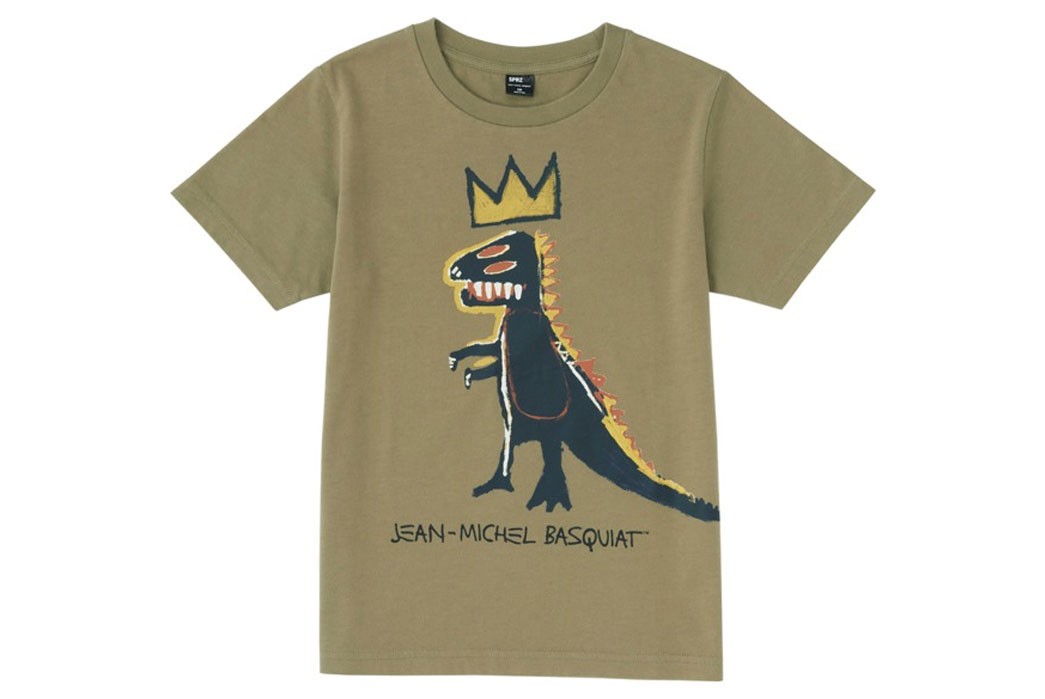
Fig. 1 – Jean-Michel Basquiat for kids, courtesy of Uniqlo. Because, dinosaurs.
To help sketch a picture of that era – a quick, but important, history: in contrast to the SoHo of today, the neighborhood suffered from urban blight for a significant portion of the twentieth century. Views of SoHo, a 1975 video piece by artist Jaime Davidovich, shows how desolate and unkempt the neighborhood was back then – trash strewn everywhere, only the occasional passerby.
Italian wine world legend Leonard LoCascio studied at NYU in the early 70s and recalls “SoHo was a wasteland, literally. Between Washington Square and Wall Street, there was a big no man’s land where it was even dangerous to venture at night.” Everything you’ve heard about the old Times Square was doubly true of SoHo back then. And here is where we find the artist George Maciunas, the man responsible for building the SoHo that exists in my heart – the one that’s evolved into what it is today.
I’d put a link here to a Maciunas piece, but associating a visual identity to his art would be missing the point – it was intermedia and encompassed graphic design, architecture, the use of commercial production techniques and community. He was an organizer for, and spiritual leader of, Fluxus – a global community of experimental, conceptual artists that included such luminaries as Yoko Ono, La Monte Young, Nam June Paik and Joseph Beuys. And in this context, he launched his Fluxhouse project – a template to transform abandoned city spaces into working and living spaces for artists. He pitched the Kaplan Fund foundation for help to keep artists in the city, stabilizing it against suburban flight.
The first purchase funded by Kaplan became Fluxhouse 2 at 80 Wooster St, leading to a wave of purchases in the neighborhood. Living in those buildings was still illegal, but Maciunas and the Soho Artists Association eventually convinced the city to grant working artists exemptions under a program entitled the Joint Living and Working Quarters for Artists. The idea of artists gentrifying a deserted city neighborhood and being supplanted by commercial interests is a thing now–just think about the planned revitalization of Detroit or any city with a struggling inner city–but it wasn’t back then. Regardless of how you view the outcome, Maciunas set the wheels in motion.
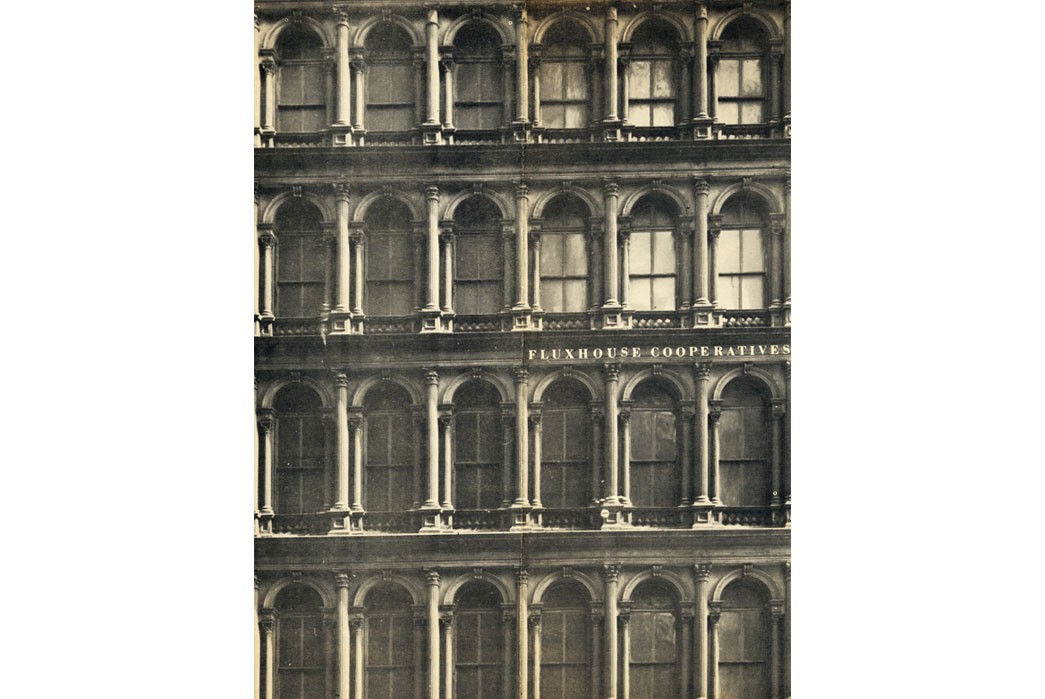
Fig. 2 – Fluxhouse 2, by George Maciunas
I would have loved to have experienced those heady times – Fluxus was the perfect match of concept and everyday; its art must have been a joy to behold as it unfolded in such a public space (not unlike Banksy today, their art was current, spontaneous and public).
Fast forward to the 90s: the artistic presence could still be felt through the likes of the Sonnabend gallery and the artists’ multiples/book store Printed Matter (both decamped to Chelsea), the Drawing Room and Dia (both still there and worth visiting – check out Walter De Maria’s two Dia sites for a sense of the art being produced in the neighborhood). By then, though, the tide had started to shift – the luxury boutique Mercer Hotel opened in 1997 in the former Reese Palley gallery (among others, he represented both Yoko Ono and John Lennon–one of those is one of my favorite artists ever–hint: she’s still alive). The trend of capitalizing on a romantic, creative past had taken root. Even art-oriented fashion pioneers such as Comme des Garçons moved out, their space on Wooster St taken over by Prada, then Barneys New York, who have recently vacated the space.
As the neighborhood began this transition in the 80s, urban-oriented tri-staters entering an edgy adolescence were drawn to the (non-heritage) workwear and casual apparel mecca Canal Jean Co (now Pearl Paint) on lower Broadway and Unique Clothing Warehouse (where the NYU bookstore is now, a few blocks north of Houston but still close enough to be relevant). Unique closed before I came to town but it must have been something to see in the 80s from the pictures I’ve seen–the classic mix of functional and chic that marked the best parts of that decade’s fashion. Basquiat worked there before becoming the icon he is now… it was that kind of place.
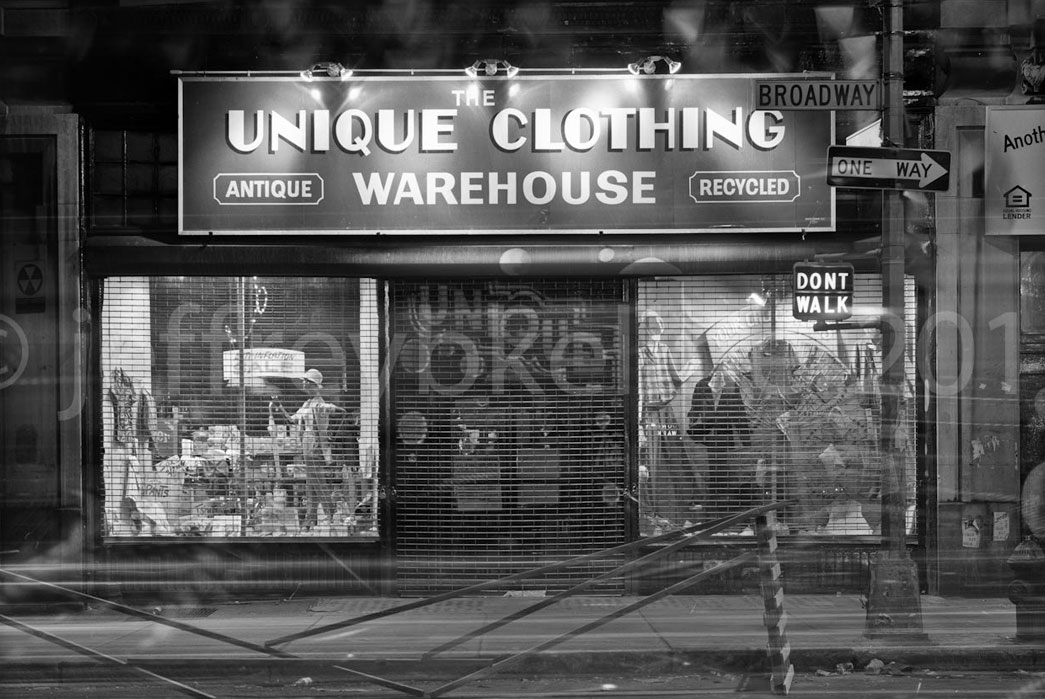
Fig. 3 – Unique Clothing Warehouse, via jeffreybkellner on Etsy – see here for more on this print.
Artists always have day jobs, but this one’s significance didn’t strike me until a few months ago – looking through a photo book by one of Basquiat’s bandmates when it came together for me: Drop the “thing” from Unique Clothing and you’ll end up with “Uniqlo.” Sure enough, I discovered that Uniqlo was originally founded in Japan as “Unique Clothing Warehouse”; its first store opened in Hiroshima in 1984.
I can’t prove anything, but I have to imagine Uniqlo’s founder, Tadashi Yanai, in downtown New York City in the late 70s–perhaps lured there through the now legendary punk scene or an appreciation of art. He finds this singular shop and feels a passion for what is represents. Does he go back to Japan and launch Uniqlo with a goal of one day showcasing the artists of that time and place? Or is it something more intentionally exploitative? I’ll never know the answer, but I am sure of the result. In either case, here we are today – back in the shopping mall. SoHo, where the giant snake of commerce encircling the Earth is eating its own tail, the past colliding head-on with the present.
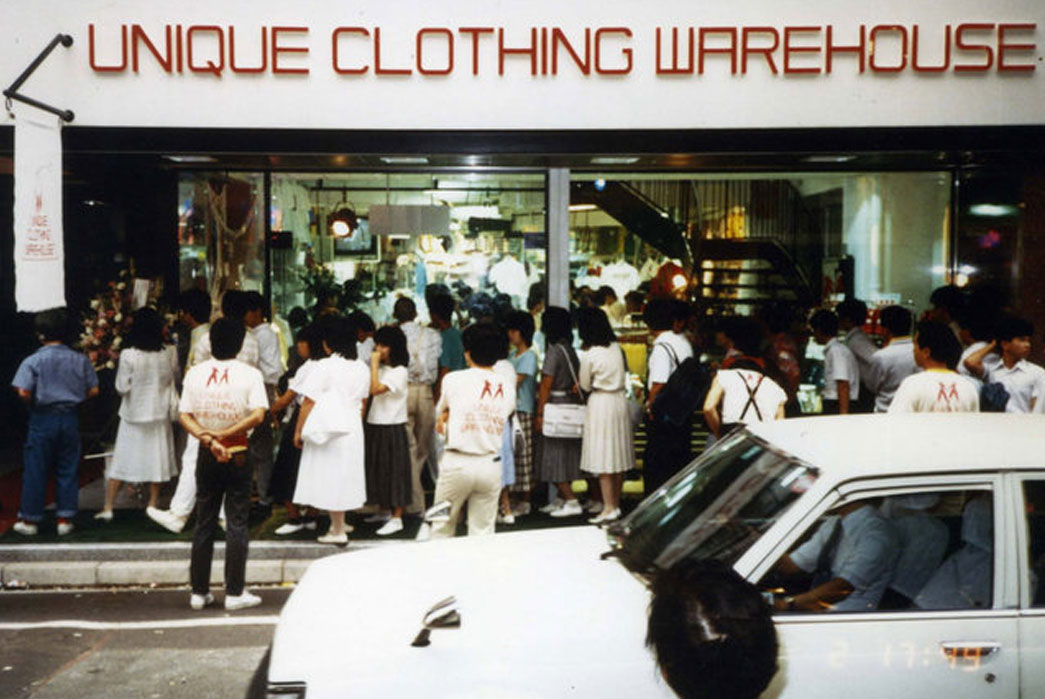
Fig. 4 – The opening of the first Uniqlo store in Hiroshima, using its original name. Via Uniqlo.
Special thanks to Douglas Davis, whose Soho: The Afterlife for the May 15, 2001 issue of the late New York Press connected my abstract understanding of Fluxus and downtown New York with both the actual living, breathing neighborhood that continues to exist today and the characters who populated it back then. It blew my mind back then, is still a great piece and this piece wouldn’t exist today without it.
The featured photo of Uniqlo was published on nypost.com on May 5, 2012 (photo by Christian Johnston).
The Leonardo LoCascio quote was from his interview on Levi’s Dalton’s “I’ll Drink To That” podcast 282 (7/30/2015)
There are still remnants of old SoHo and its community in the area – please support them so they may continue on: In addition to the galleries mentioned above, La Monte Young’s Dream House in TriBeCa and Fanelli’s still improbably survive today.

